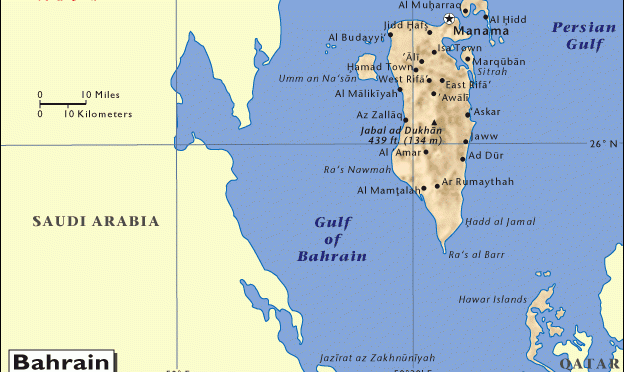Bahrain, a small island nation in the Persian Gulf, has been largely dependent on fossil fuels for its energy needs. However, in recent years, the government has recognized the need to diversify its energy sources and reduce its carbon footprint. As a result, the country has been exploring the potential of renewable energy, with a particular focus on wind power. The development of wind energy in Bahrain could not only contribute to the nation’s energy security but also provide environmental and economic benefits.
Wind energy is a clean, renewable, and abundant source of power that can be harnessed to generate electricity. It is produced by converting the kinetic energy of wind into mechanical energy using wind turbines. The mechanical energy is then converted into electrical energy, which can be fed into the grid and used to power homes, businesses, and industries. Wind energy has the potential to significantly reduce greenhouse gas emissions, as it does not produce any harmful pollutants during the generation process.
Bahrain’s geographical location and climate make it an ideal candidate for harnessing wind energy. The country experiences strong and consistent winds throughout the year, particularly during the summer months. These winds are primarily driven by the temperature difference between the land and the sea, which creates a pressure gradient that results in the movement of air. This phenomenon, known as the sea breeze, can be harnessed to generate electricity using wind turbines.
In recent years, Bahrain has taken several steps to explore the potential of wind energy. The government has commissioned studies to assess the feasibility of developing wind power projects in the country. These studies have identified several potential sites for wind farms, both onshore and offshore. Some of the most promising locations include the northern and southern coasts of the island, as well as the Hawar Islands, which are situated to the south of the main island.
The development of wind energy in Bahrain has also received support from international organizations and foreign governments. The United Nations Development Programme (UNDP) has provided technical assistance to the country in the form of capacity building and knowledge sharing. Additionally, the German government has offered financial support for the development of renewable energy projects in Bahrain, including wind power.
There are several advantages to developing wind energy in Bahrain. Firstly, it would help the country diversify its energy sources and reduce its reliance on fossil fuels. This would not only enhance Bahrain’s energy security but also contribute to global efforts to combat climate change. Secondly, the development of wind power could create new job opportunities in the country, particularly in the fields of manufacturing, installation, and maintenance of wind turbines. This would help to stimulate economic growth and reduce unemployment.
However, there are also challenges associated with the development of wind energy in Bahrain. One of the main obstacles is the high initial cost of setting up wind power projects. This includes the cost of land acquisition, construction of wind turbines, and grid connection. Moreover, the intermittent nature of wind energy means that it cannot be relied upon as a consistent source of power. This necessitates the need for energy storage solutions or backup power sources to ensure a stable supply of electricity.
In conclusion, the potential of wind energy in Bahrain is significant, and its development could contribute to the country’s energy security, environmental sustainability, and economic growth. While there are challenges to overcome, the support from the government and international organizations, as well as the country’s favorable geographical and climatic conditions, make wind power a promising avenue for Bahrain’s renewable energy future.


